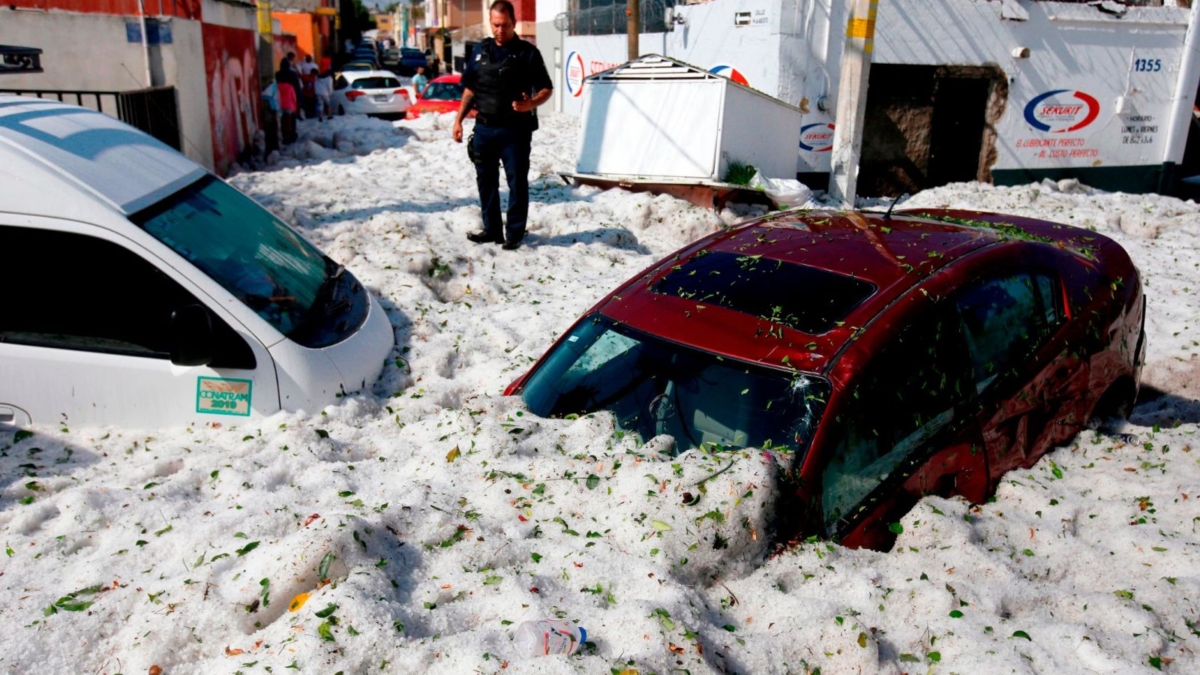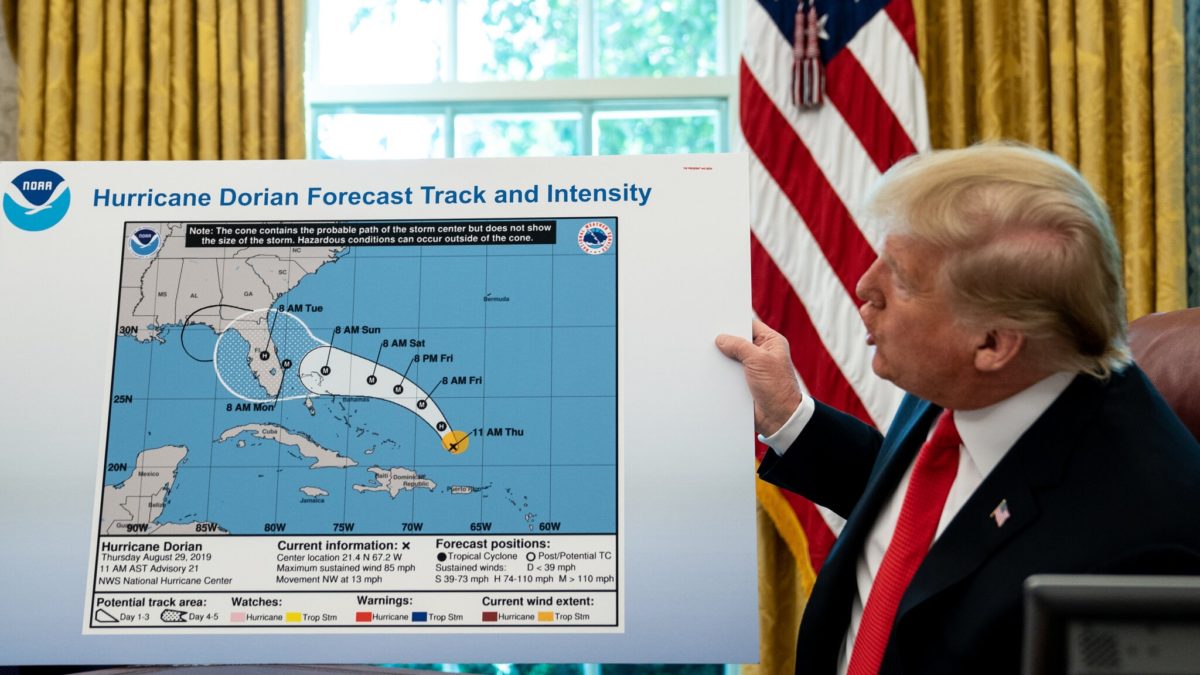Global warming deals another blow to the Great Barrier Reef – “This is a first mass bleaching event during a La Niña”

By Darryl Fears
26 March 2022
(The Washington Post) – Australia’s Great Barrier Reef is experiencing its sixth massive bleaching event as climate change has warmed the ocean, raising concerns over whether one of the world’s natural wonders is nearing a tipping point.
Reef managers confirmed Friday that aerial surveys detected catastrophic bleaching on 60 percent of the reef’s corals. The discovery is particularly disturbing, researchers said, because a cooling La Niña weather pattern in the ocean usually offsets warming that stresses coral and causes them to lose color.
“This is a first mass bleaching event during a La Niña,” said Emily Darling, a coral reef scientist who directs coral reef conservation for the Wildlife Conservation Society, in a phone interview. “It continues to reinforce that with extreme heat waves and water getting too hot, corals are losing their recovery windows — those times between bleaching events when we know corals can recover.”
Unusually high ocean temperatures, up to 7 degrees Fahrenheit above normal, probably triggered the event. It is the sixth massive bleaching the reef has suffered in two decades, and the fourth since 2016. Back-to-back bleaching events in 2016 and 2017 affected two-thirds of the world’s largest reef.
“The pace at which bleaching events are now occurring on the Reef is a matter of huge concern,” Australia’s Great Barrier Reef Foundation said in a statement. “It clearly highlights the importance of transitioning rapidly to a low-carbon economy.
“It is too early to know the level of long-term damage that the bleaching has caused,” the foundation added, “because many corals will recover once thermal stress declines. However, based on what’s happened in the last five years, we would expect to see severe coral mortality in the shallowest regions of the worst affected reefs.” [more]
Climate warming has dealt yet another blow to the Great Barrier Reef


